HOW DO WEBSITE LANDING PAGES CONVERT CUSTOMERs?
What is a Landing Page?
Why Landing Pages are Essential
A landing page is a dedicated web page designed with one primary goal: conversion. A landing page is focused on driving a specific action, such as collecting leads, generating sales, or encouraging sign-ups. It's a critical tool that helps businesses turn site visitors into paying customers.
How Landing Pages Can Boost Your Website's Performance
Landing pages are
key to increasing conversions. By eliminating distractions and guiding visitors toward a singular call-to-action (CTA), landing pages dramatically improve your conversion rates. Whether your goal is to
collect email addresses,
boost sales, or
promote a special offer, landing pages offer a streamlined approach that maximizes results.
By targeting specific audience segments or marketing campaigns, landing pages provide a
focused experience
that speaks directly to the visitor’s needs. Whether you’re running a
seasonal sale, offering a
free consultation, or promoting a
new product, a landing page tailors the content to ensure maximum relevance.
This personalized approach helps convert visitors who are already interested in what you offer, improving overall conversion rates.
Landing Page vs. Webpage:
Understanding the Difference
It’s important to understand the distinction between a landing page and a standard webpage:
- Purpose: A webpage typically serves as an informational tool, providing a broad range of content about your business. A landing page, however, is focused on one goal: conversion (whether it’s capturing leads, making a sale, or getting sign-ups).
- Design: Webpages often have multiple links, menus, and distractions. Landing pages are streamlined, often without navigation or other distractions, keeping the visitor’s attention on the CTA.
- Content: Webpages provide general information, whereas landing pages offer targeted, persuasive content to encourage immediate action.
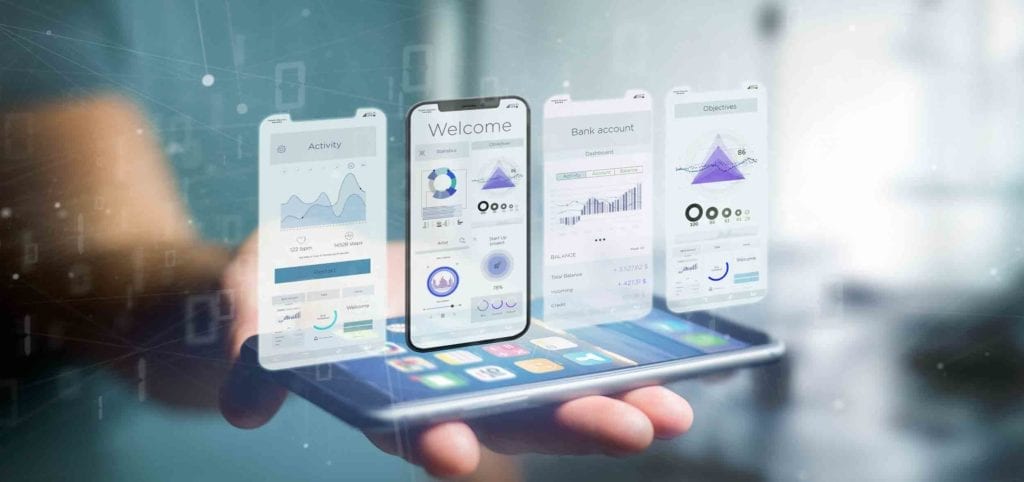
Landing Pages Pleasant Valley
Landing Pages Pleasant Valley mo
Landing Pages Pleasant Valley /Kansas City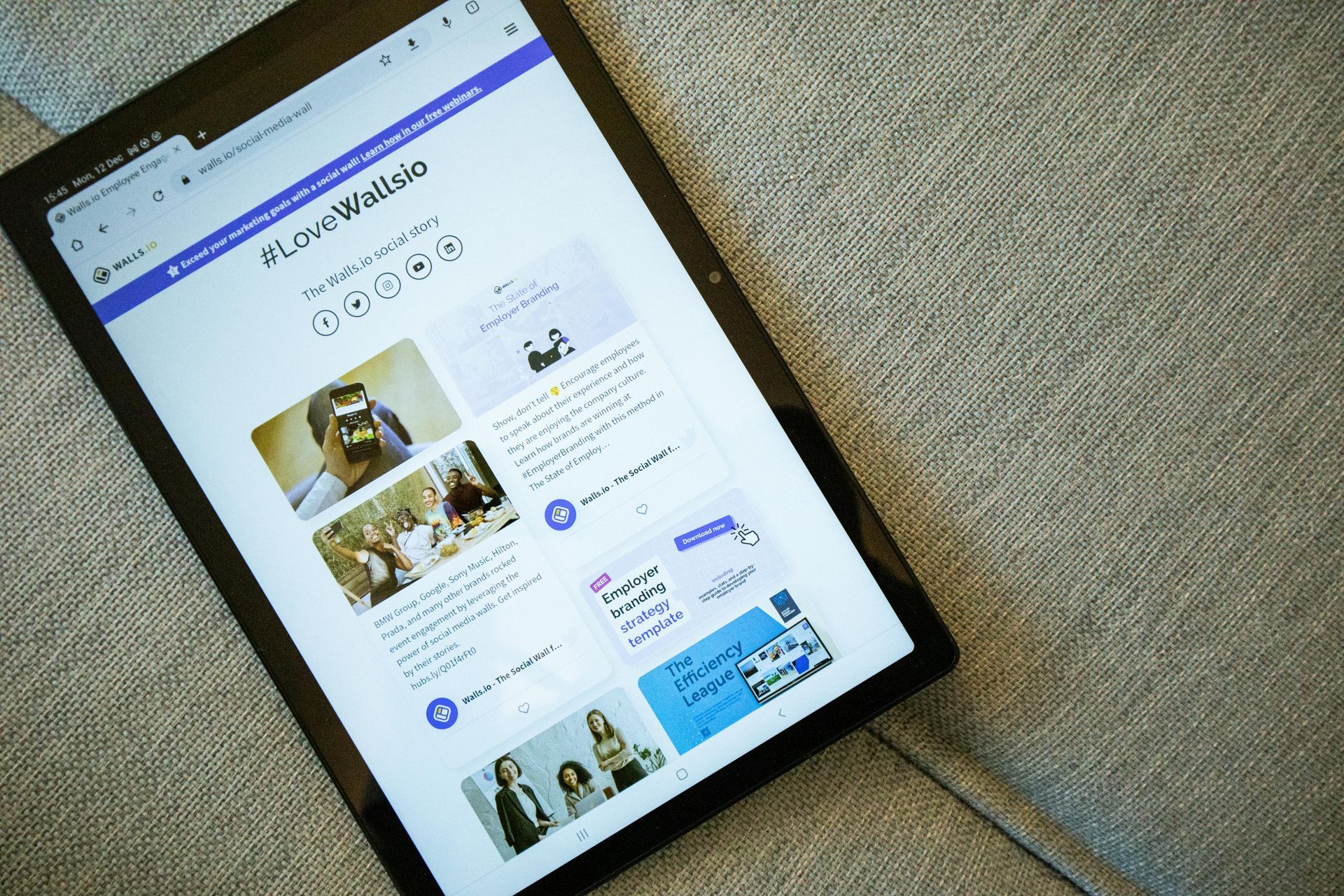
website Landing Pages Pleasant Valley
website Landing Pages Pleasant Valley Liberty Mo
website Landing Page KCMO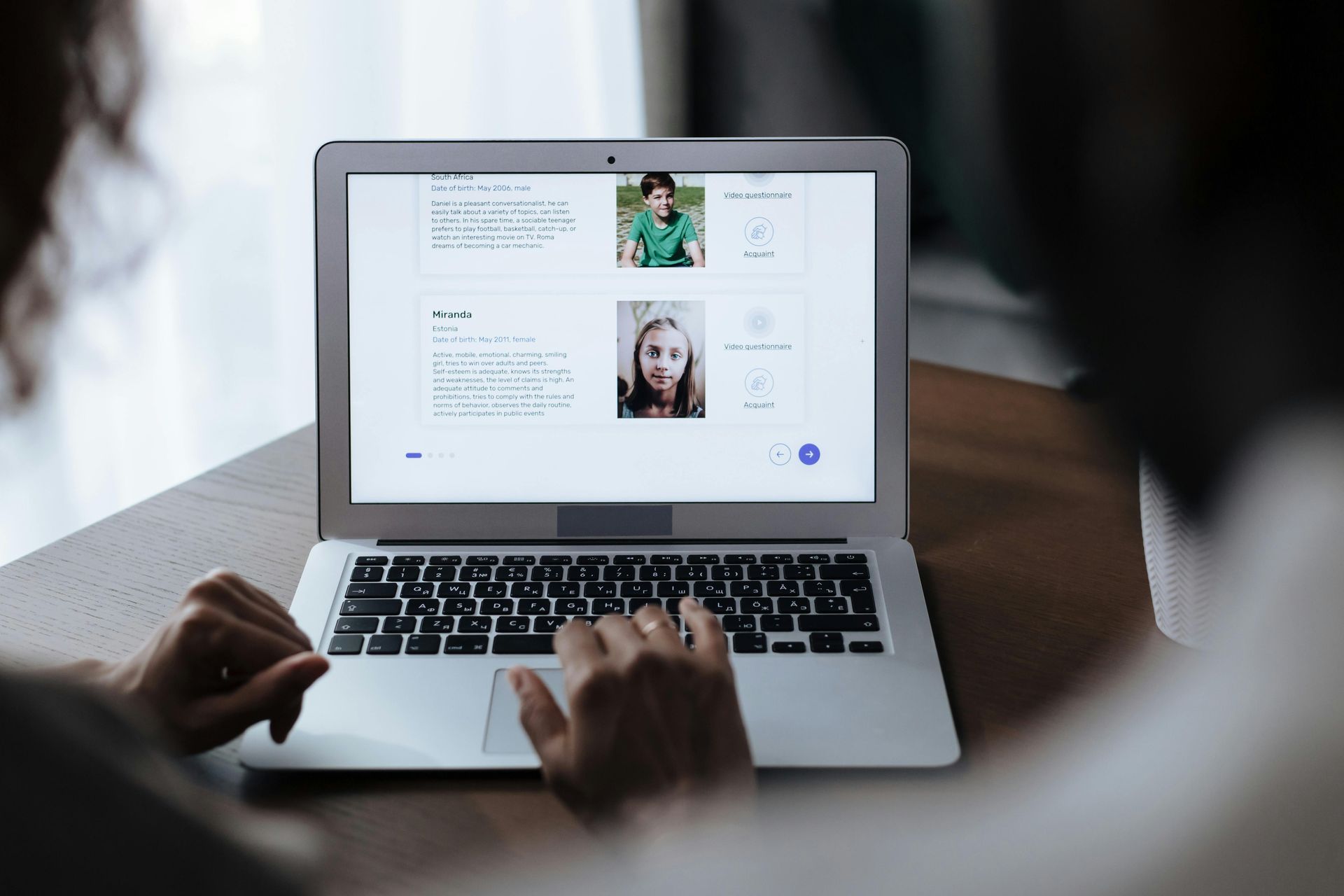
Website From Page KCMO
Website From Page KCMO Liberty Mo
Website From Page KCMO Near me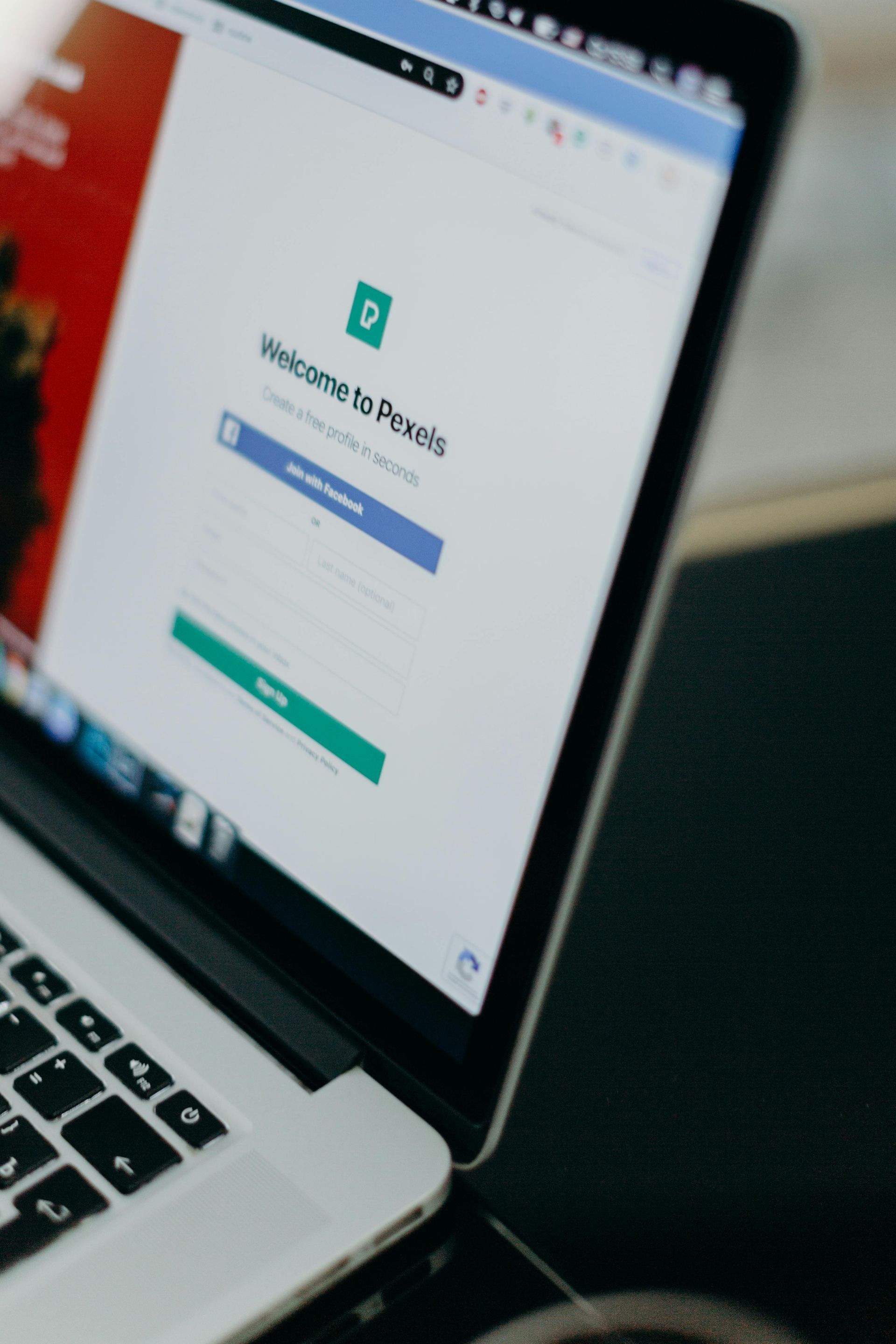
Website Froms
Website From KCMO Near me
Website From Near me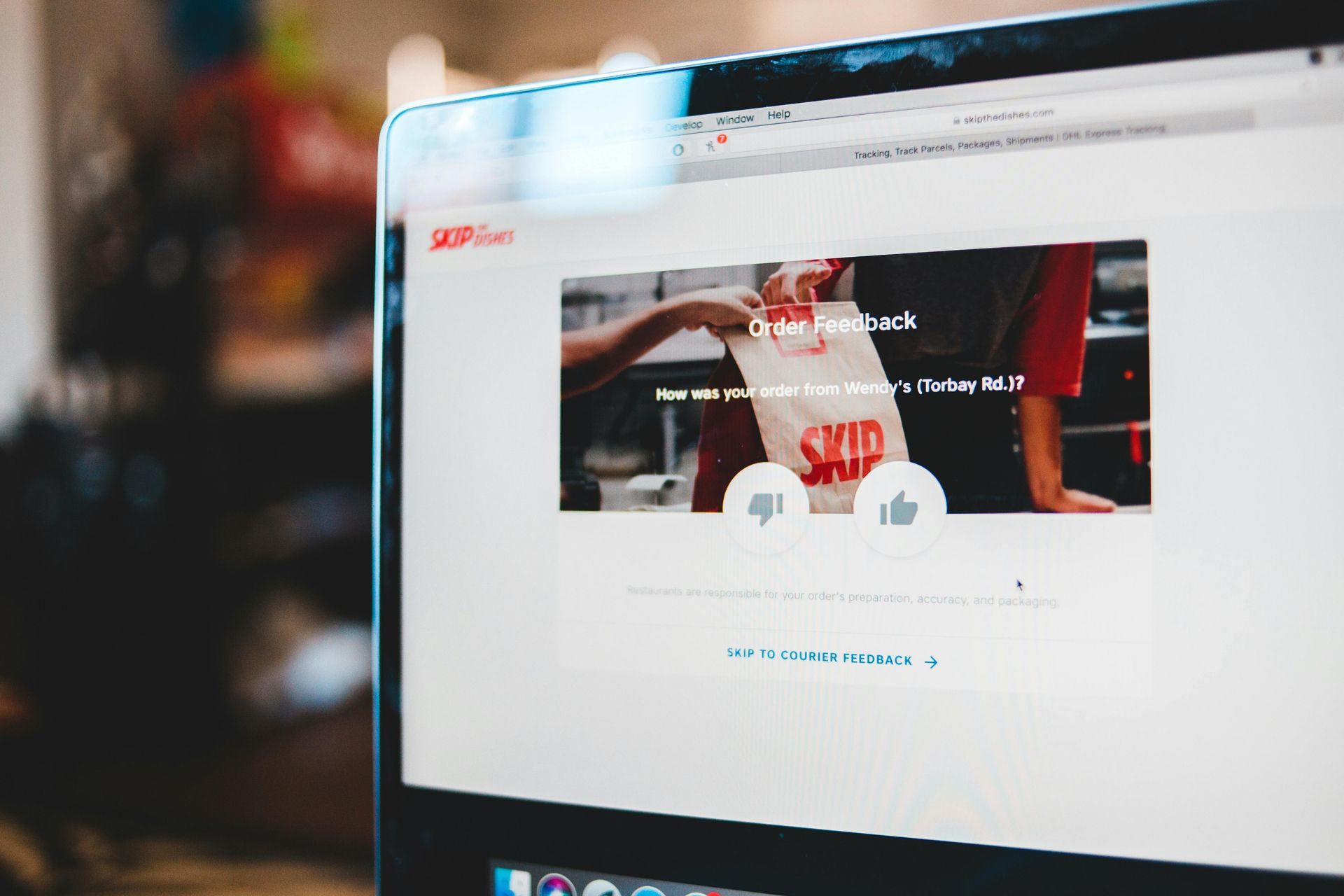
Website Landing Page design
Website Landing Page design Near me
Website Landing Page design Near me
How Landing Pages Turn Visitors into Paying Customers
Landing pages are designed to guide visitors smoothly through the decision-making process, increasing the likelihood of conversion.
Here’s how it works:
1. Clear Messaging: Your landing page should feature a bold headline that immediately communicates the value to the visitor.
2. User-Centric Design: A clean, professional layout enhances the visitor experience, making the CTA easy to locate and act upon.
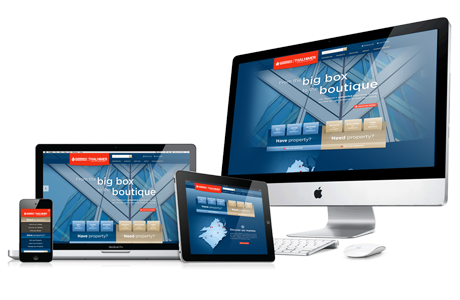 Write your caption hereButton
Write your caption hereButton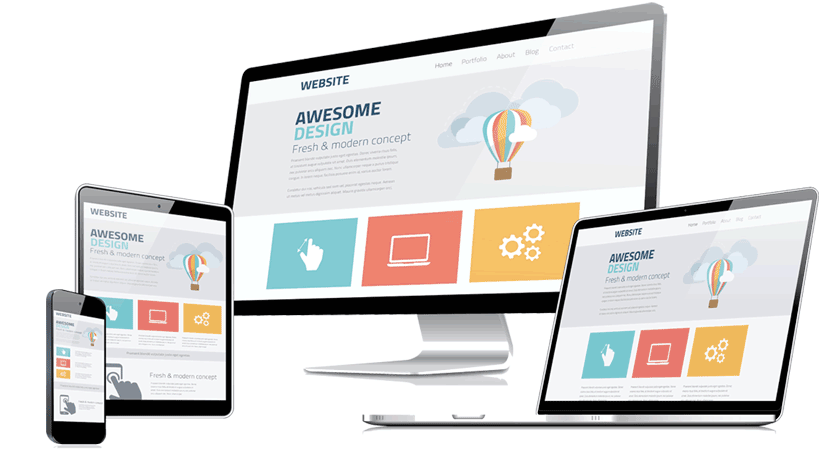
Slide title
Write your caption hereButton
Slide title
Write your caption hereButton
Slide title
Write your caption hereButton
3. Social Proof: Testimonials, reviews, and success stories from customers create trust and encourage conversions.
4. Compelling Offers: Special discounts, free trials, or exclusive content create urgency and drive action.
The ultimate goal is to make the conversion process as simple and attractive as possible.
Using Landing Pages as a
Lead Generation Tool
Lead generation is one of the most effective uses of a landing page. By offering valuable incentives—such as free eBooks, webinars, or discount codes—you can capture potential customers' contact information and nurture those leads into future sales
A lead-gen landing page typically includes:
- Simple, easy-to-complete forms that capture essential data (like name and email)
- Incentives that entice users to provide their information (free guides, discounts, etc.)
- A clear and actionable CTA guiding visitors to take the next step

Slide title
Write your caption hereButton
Slide title
Write your caption hereButton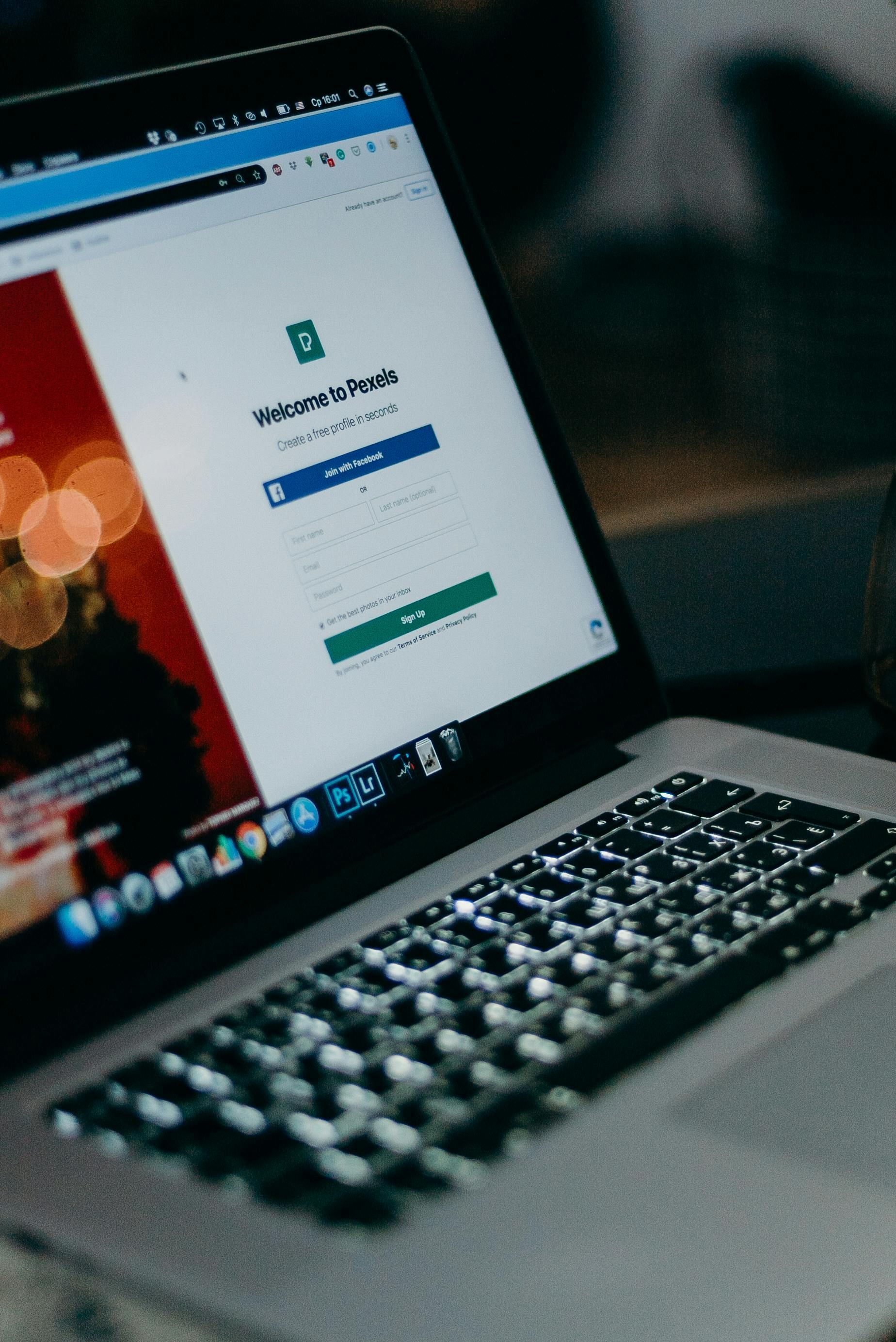
Slide title
Write your caption hereButton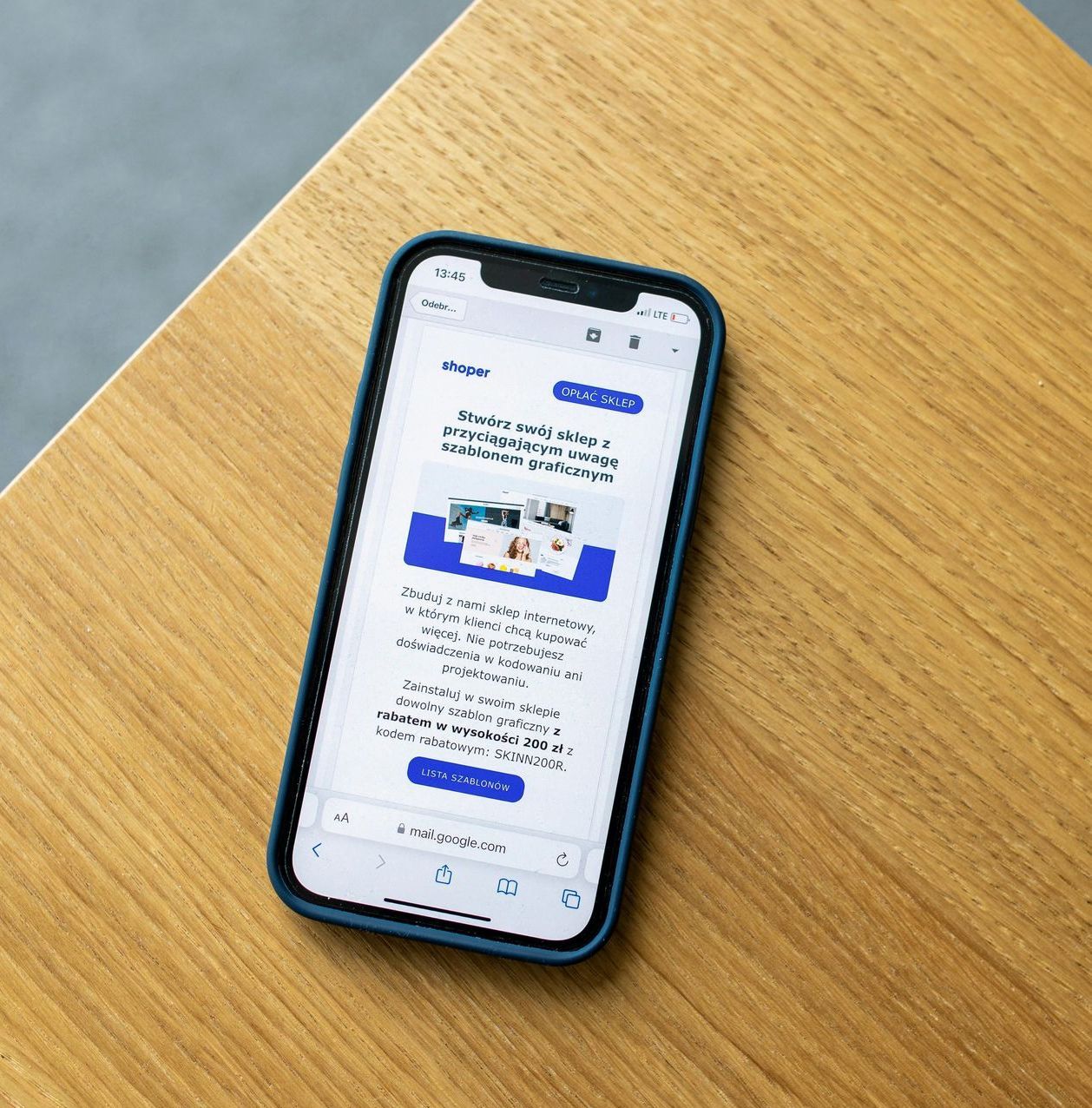
Slide title
Write your caption hereButton
Once the form is submitted, the data can be automatically added to your CRM or email marketing system for follow-up, helping you build a valuable lead pipeline.
Key Elements of a High-Converting Landing Page
For a landing page to be effective, it should include the following key elements:
- Headline: A powerful, clear statement that speaks directly to the visitor’s needs.
- Subheadline: An additional sentence or two that further explains the value.
- Call-to-Action (CTA): An easily visible button or link that tells users exactly what to do next (e.g., "Download Now," "Get Started," or "Claim Your Offer").
 Write your caption hereButton
Write your caption hereButton
Slide title
Write your caption hereButton
- High-Quality Visuals: Images or videos that support your message and offer.
- Social Proof: Customer testimonials, reviews, and trust badges to increase credibility.
- Lead Form: Simple and straightforward, only asking for essential information.
- A/B Testing: The ability to test different versions of your landing page to optimize performance.
What Happens
After THE Landing Page?
Once someone fills out a form on your landing page,
automation helps you follow up effectively. Some key automated processes include:
- Thank You Page/Message: Redirecting users to a "Thank You" page confirming their submission.
- Confirmation Email: Automatically sending a personalized email acknowledging their action and providing additional resources or next steps.
- Lead Nurturing: Automated email sequences to engage and nurture leads with relevant content, offers, or reminders.
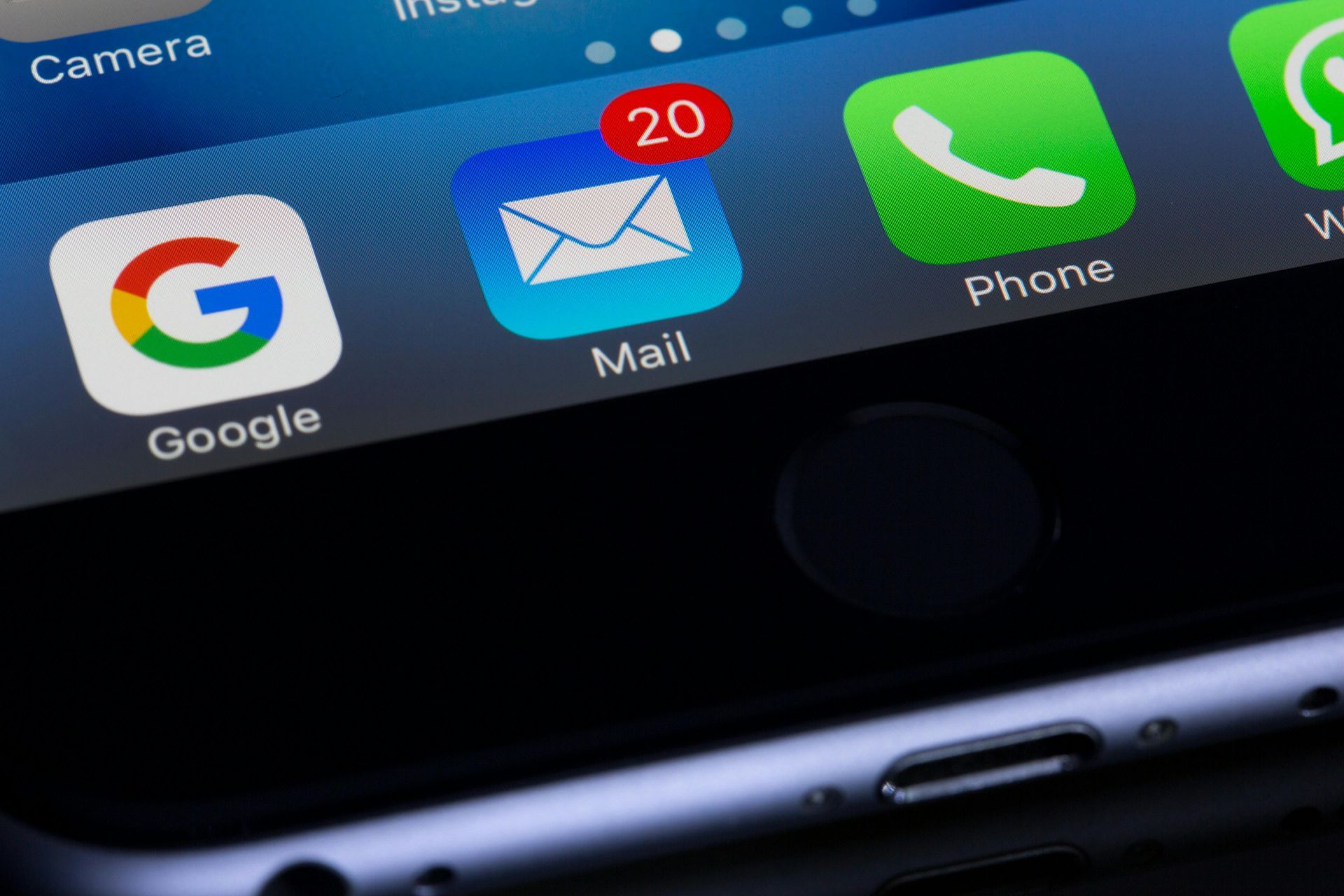 Write your caption hereButton
Write your caption hereButton
Slide title
Write your caption hereButton
- CRM Integration: Lead information is automatically entered into your CRM for follow-up.
- Sales Team Notifications: If the form is related to a high-value service or product, your sales team is alerted immediately to follow up.
These automated systems save time, reduce manual work, and enhance the user experience.
SEARCH ENGINE Different Types of Landing Pages and Their Benefits
- Lead Generation Landing Page: This type is used to collect visitor information in exchange for a valuable resource, such as a guide or discount.
- Benefit: Ideal for building an email list and nurturing leads for future sales.
- Click-Through Landing Page: Designed to guide visitors further down the sales funnel, often leading to a product page or checkout page.
- Benefit: Useful for eCommerce sites or any funnel with multiple steps.
- Sales Landing Page: This page is built to directly drive sales by showcasing products and offering a clear call to purchase.
- Benefit: Perfect for driving immediate purchases or time-sensitive promotions.

Slide title
Write your caption hereButton
- Event Registration Landing Page: This page is created to capture sign-ups for online or offline events, such as webinars, workshops, or conferences.
- Benefit: Essential for event marketing, helping to boost attendance and registrations.
- Thank You Landing Page: This page is displayed after a visitor submits a form or makes a purchase, thanking them for their action.
- Benefit: Reinforces the positive experience, offers further engagement opportunities, and can prompt social sharing.
Conclusion: Why Landing Pages are Crucial for Your Online Strategy
In digital marketing, landing pages are a vital tool that helps convert your website visitors into leads or paying customers. By crafting a well-optimized landing page with a
compelling message,
clear CTA, and
valuable offer, you can significantly boost your conversion rates and grow your business.
At HJ Design, we specialize in creating high-converting landing pages that align with your marketing goals. Ready to see what a well-crafted landing page can do for your business? Get in touch with us today and start optimizing your online presence! Call us at 816-415-3777
Serving the Local Greater Kansas City Area, National Accounts and Global Businesses for
Over 25 Years.
